Megadiverse countries
10% of the Earth's surface houses 70% of the planet's terrestrial biological diversity
Man's direct action and global warming are accelerating the extinction of species. While the necessary transition is made towards an environmentally friendly decarbonised economy, it is ever more important to protect the planet's diversity and the natural ecosystems. Particularly in the so-called mega-diverse countries.
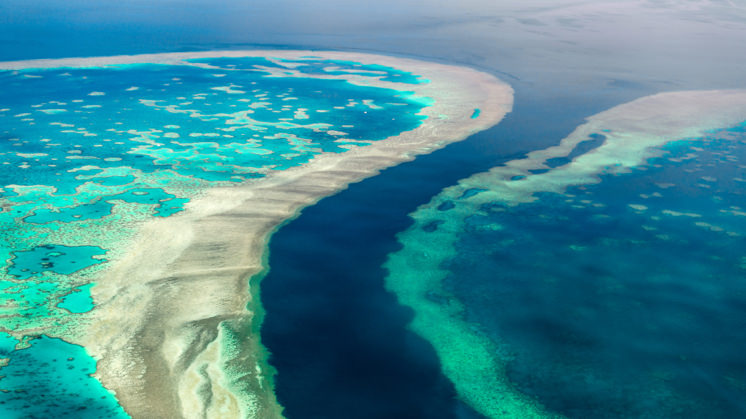
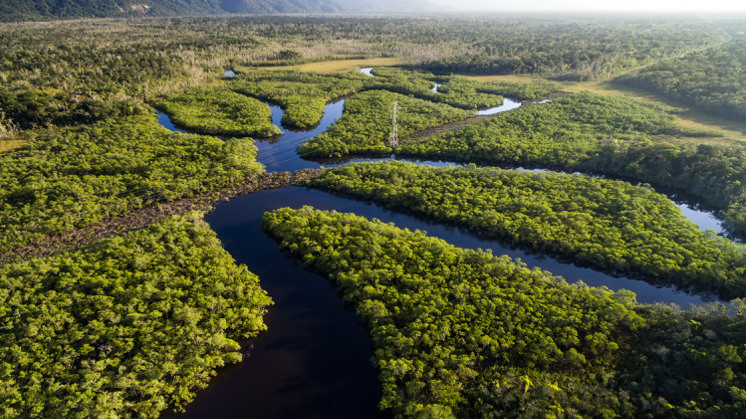
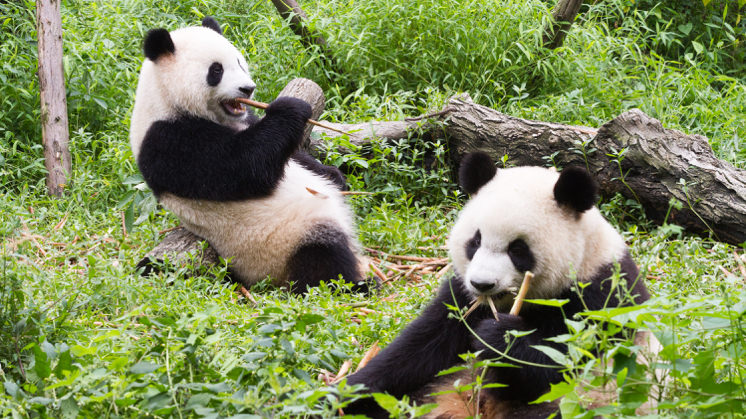
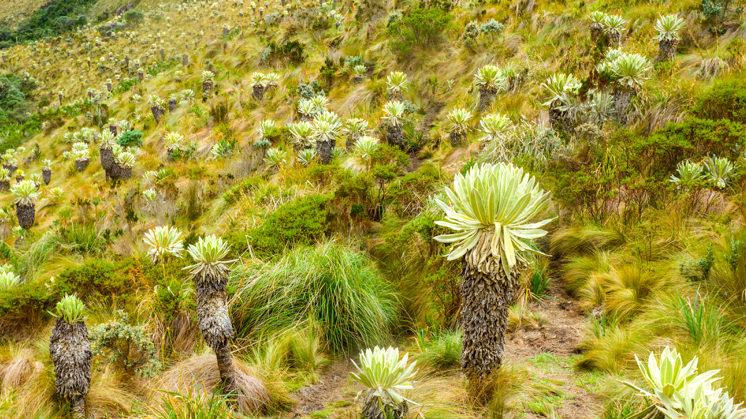
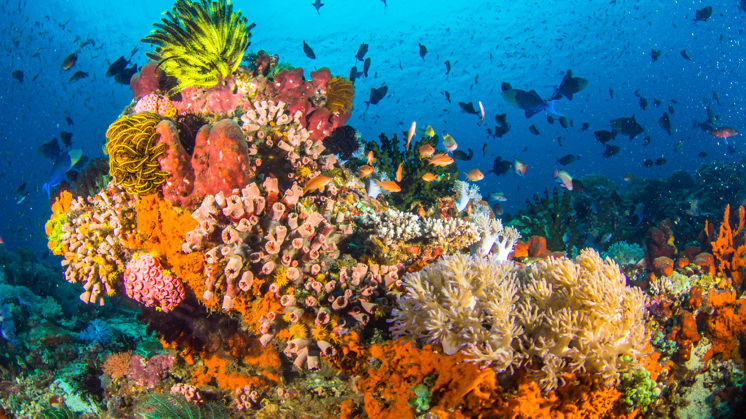
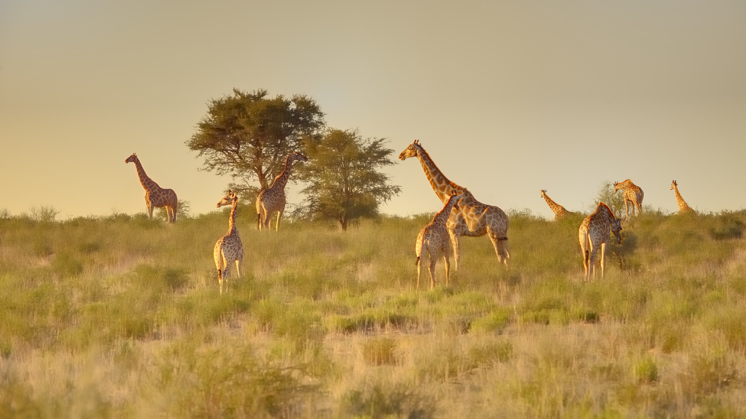
What are megadiverse countries?
The mega-diverse countries are those that house the largest indices of biodiversity, including a large number of endemic species. This concept was first proposed in 1988 by Russell Mittermeier and is now used to raise awareness to the protection of natural biodiversity, and particularly in the countries where this is more abundant and threatened.
Although they only account for around 10% of the Earth's surface, the mega-diverse countries house at least 70% of the planet's terrestrial biological diversity, including more than two thirds of all non-fish vertebrae species and three quarters of all the higher plant species.
List of megadiverse countries
The World Conservation Monitoring Centre (WCMC) of the United Nations Environment Program has identified a total of 17 mega-diverse countries: Australia, Brazil, China, Colombia, Ecuador, United States, Philippines, India, Indonesia, Madagascar, Malaysia, Mexico, Papua New Guinea, Peru, Democratic Republic of Congo, South Africa and Venezuela.
Aside from the WCMC, in 2002 a total of 12 of the main developing countries considered mega-diverse gathered in Mexico: Brazil, China, Costa Rica, Colombia, Ecuador, India, Indonesia, Kenya, Mexico, Peru, South Africa and Venezuela. This meeting adopted the Cancun Declaration and the so-called Group of Similar Mega-diverse Countries was formed as a body of consultation and cooperation to promote interests related to the conservation and sustainable use of biological diversity, and fair and equal participation in the benefits derived from the use of genetic resources. This Group has been joined by other countries over the years such as Malaysia, Philippines, Guatemala and Iran.
Biodiversity in a world of constante change
- Between 1970 and 2018 the size of the populations of species was reduced by 69 %
- The loss of species is particulary acute in the tropics: in South America and Central America, this loss amounted to 94 %
The loss of biodiversity in detail
Currently, more than 42.100 species are in danger of extinction, which means 28% of all species evaluated..
- 13 % Birds
- 27 % Mammals
- 28 % Crustacea selected
- 31 % Sharks and rays
- 34 % Conifers
- 36 % Coral reefs
- 41 % Amphibians
What future do we want?
More ambitious measures are required to halt the loss of biodiversity.
Indicators should help us make good policies and monitor their evolution.
Source: Living Planert Report (WWF, 2022) and IUCN Red List of Threatened Species (2023)
SEE INFOGRAPHIC: The importance of biodiversity [PDF] External link, opens in new window.
Characteristics of the megadiverse countries
In accordance with the World Conservation Monitoring Centre, for a country to be considered mega-diverse, it must:
- Have at least 5,000 endemic plants.
- Have marine ecosystems within its borders.
For their part, according to the Group of Similar Mega-diverse Countries, mega-diverse countries contain one or more of the following characteristics:
 Geographic position: most are in tropical areas, where there is a large diversity of species.
Geographic position: most are in tropical areas, where there is a large diversity of species.
 Diversity of countries: the complexity of mountain scenery brings forth the diversity of atmospheres, soils and climates.
Diversity of countries: the complexity of mountain scenery brings forth the diversity of atmospheres, soils and climates.
 Isolation: the progressive separation of islands and continents has allowed the development of unique flora and fauna.
Isolation: the progressive separation of islands and continents has allowed the development of unique flora and fauna.
 Size: the larger the size, the greater the diversity of scenery and species.
Size: the larger the size, the greater the diversity of scenery and species.
 Evolutionary history: some of the countries are on crossroads between two biogeographic regions, producing a mixture of fauna and flora with different histories.
Evolutionary history: some of the countries are on crossroads between two biogeographic regions, producing a mixture of fauna and flora with different histories.
 Culture: the domestication of plants and animals has contributed to the natural wealth.
Culture: the domestication of plants and animals has contributed to the natural wealth.
Actions of the megadiverse countries
Guided by the Cancun Declaration, the Group of Similar Mega-diverse Countries has been committed for more than 15 years, among others to the following objectives:
- Presenting common positions in international forums related to biological diversity.
- Promoting the preservation of biological diversity in the countries of origin and the development of joint research projects to make inventories of their resources and to invest in the development and application of endogenous technologies in pro of conservation and sustainable economic activities at the local level.
- Ensuring that the goods, services and benefits of conservation and the sustainable use of biological diversity serve to support the development of peoples.
- Jointly exploring ways to exchange information and to harmonise the respective national legislations of the member countries for the protection of biological diversity and for access to biological and genetic resources and the share-out of benefits derived from their use.
- Establishing regulatory frameworks that produce incentives for the conservation and sustainable use of biological resources.
- Encouraging actions with other countries with private initiative and interested groups so that, in a spirit of cooperation and mutual benefit, they demonstrate their responsibility through adequate handling of the natural capital of the mega-diverse countries and contribute in a practical way to the goals of conservation, sustainable use and share-out of benefits contained in the Agreement on Biological Diversity.
- Jointly combating the undue or illegitimate appropriation of genetic resources, by exchanging information on the negative behaviour of academic or private institutions and the development of mechanisms that allow the destination of the genetic resources of the countries of origin to be monitored.
Climate change is accelerating the sixth extinction
Natural resources, an endangered asset




